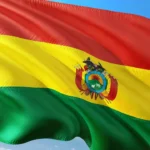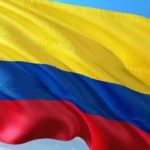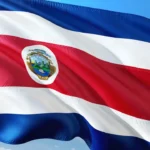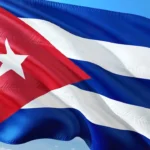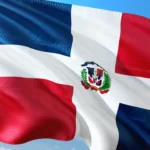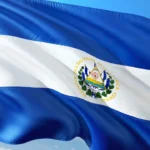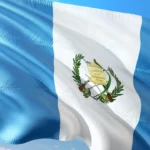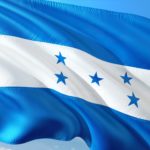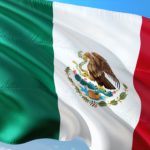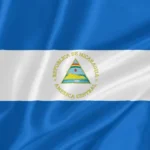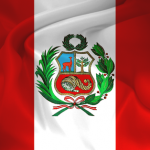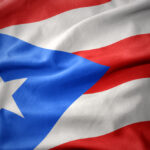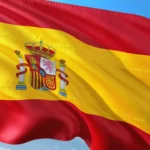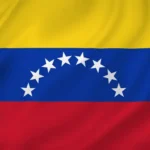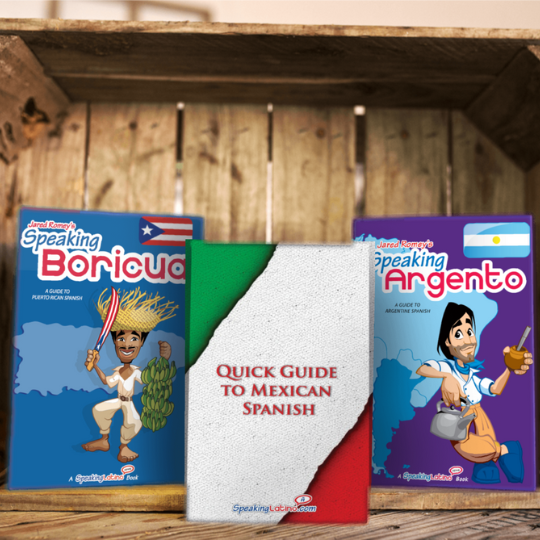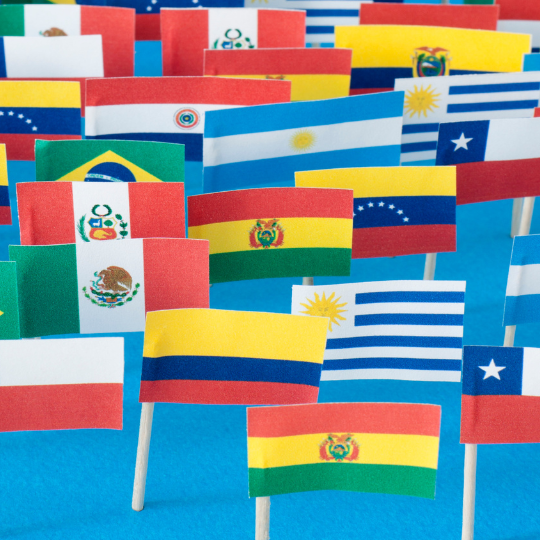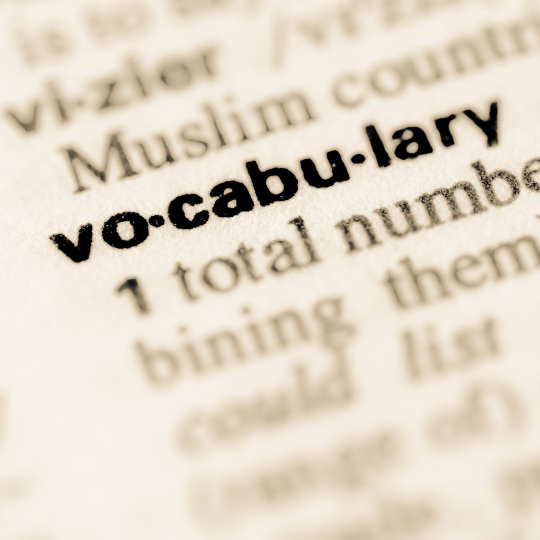Learn Costa Rican Spanish Slang
Welcome to the vibrant world of Costa Rican Spanish slang! Our specially curated resources are your passport to understanding the unique expressions and phrases that define the rich linguistic landscape of Costa Rica. Known for its ‘Pura Vida’ lifestyle, Costa Rica offers a distinct version of Spanish filled with warmth and local nuances.
Dive into our guides and tips to navigate the conversational pathways like a native Tico. Whether you’re learning Spanish for travel, culture, or personal enrichment, our insights into Costa Rican slang will enrich your journey and deepen your connection with this beautiful country.
Costa Rican Spanish Slang Related Articles
What Does the Word TUANIS Mean in Costa Rican Spanish?
Every country has a flag, food and symbols that identify them. But what about a single word? During the 6th International Congress of the Spanish Language (VI Congreso Internacional de la Lengua Española) celebrated in Panama, the blog Papeles Perdidos, created by the newspaper El País, published an atlas of the representative words of Spanish-speaking countries. They asked 20 writers which word they consider “best reflects your country.” The storytellers, poets and essayists responded with what they consider the most authentic words from their country, and this the word from Costa Rica: Costa Rican Spanish: TUANIS According to writer
PURA VIDA: The Most Important Costa Rica Spanish Expression
Although “pura” means “pure” and “vida” means “life,” the phrase “pura vida” can be translated in many ways such as “full of life,” “this is real living,” “this is the life,” “awesome” or even a greeting or goodbye. It’s a simple phrase that is used constantly in the country of Costa Rica. If you know anything about Costa Ricans, or Ticos, you have probably heard this phrase before. Pura vida is a catch-all phrase that basically every Costa Rican uses several times a day. Ticos strive to live a laid-back life, one full of happiness low on stress. The phrase
Costa Rican Spanish Slang Vocabulary
Discover the Colorful World of Spanish Slang
Select a country, dive into its unique slang, and start speaking Spanish with the authenticity and nuance of a local. Your journey to mastering the art of Spanish slang begins here!
Argentina
Bolivia
Chile
Colombia
Costa Rica
Cuba
Dominican Republic
Ecuador
El Salvador
Guatemala
Honduras
Mexico
Nicaragua
Peru
Puerto Rico
Spain
Venezuela

